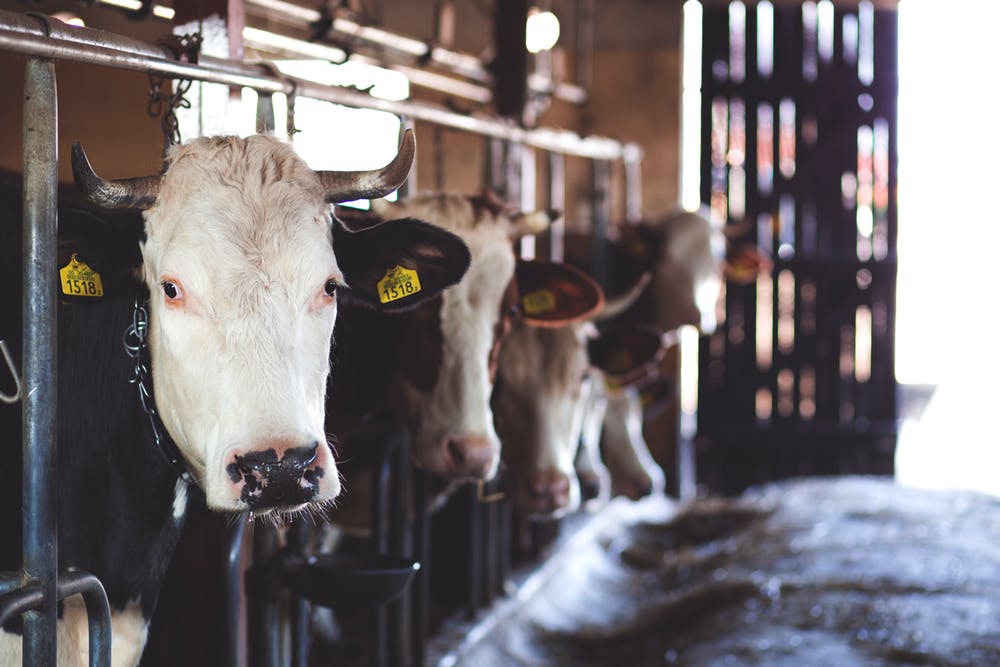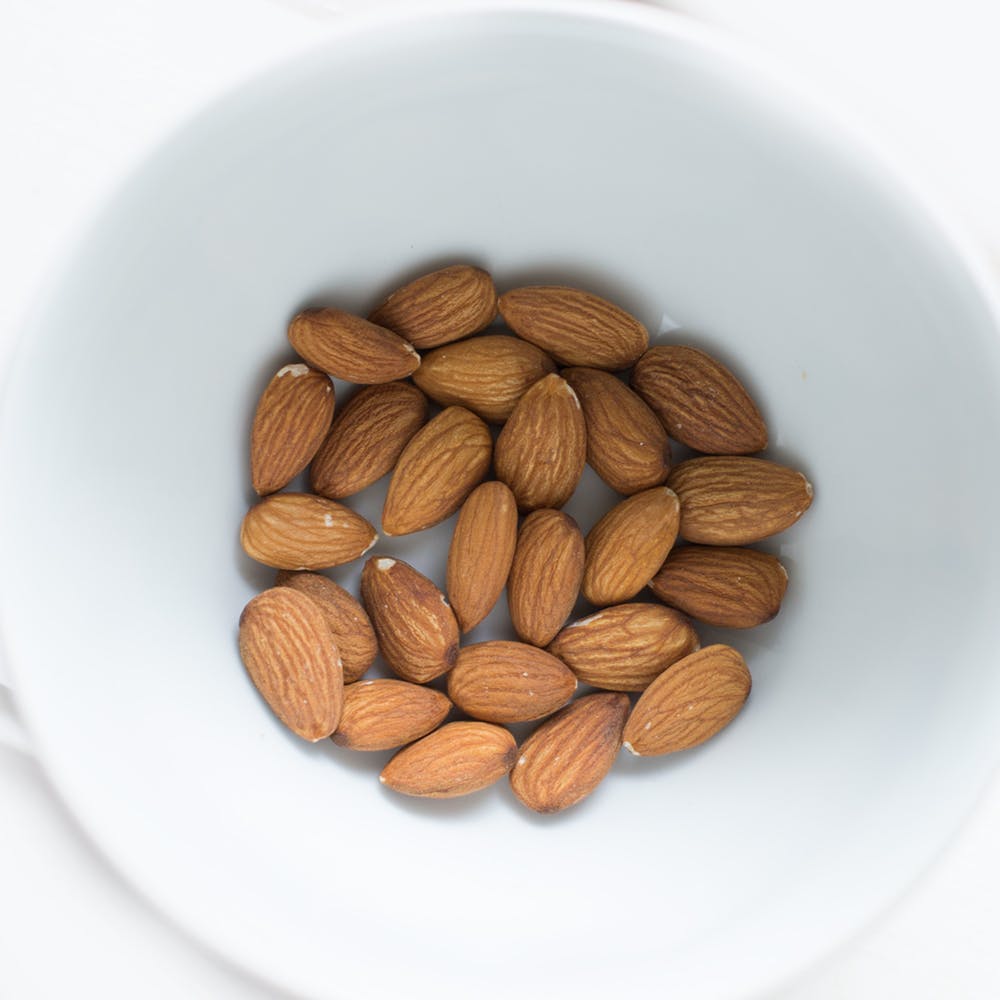
The conversation around that white, creamy drink seems to be growing more common. For several reasons. Firstly, did you know that approximately 65% of the world’s population has a decreased ability to digest lactose after infancy? That’s quite a staggering figure. Most of the affected people are of East Asian; Arab; West African; Jewish; Greek or Italian descent, with very few Northern Europeans suffering this digestive issue. So ‘normal’ dairy milk is most often not an option for this huge percentage of the globe.
The second reason people are talking about milk is the recent increase in veganism. And this in itself has two possible reasons at its core: either animal welfare or environmental responsibility (or a combination of the two).
And the third reason is that dairy milk production is increasingly thought to be worsening the climate crisis. Whether it’s flatulence, deforestation or their diet, keeping cows is tough on the environment. Let me expand: their excessive flatulence and burping releasing copious amounts of methane into the atmosphere (a more harmful greenhouse gas than carbon dioxide): according to the UN Food and Agriculture Organization, animal agriculture accounts for approximately 14.5% of global anthropogenic GHGs. They need large swaths of land cleared for them, even when grain fed, meaning less carbon sinks and higher land degradation. And in the non-organic dairy cows’ feed consists of 47% grain, which means huge amounts of land is cleared to grow monoculture crops, purely for cattle (70% of global soya crops and 36% of US corn crops are used for livestock feed).
So looking at these many complex and difficult to overcome issues, it probably shouldn’t be surprising that there has been a huge upturn in plant based milk* options – to the tune of 6% in 2019 and 14% in the last 2 years – with a simultaneous drop in dairy milk consumption of 6% in 2018.
*Note that currently these are predominantly still called ‘milks’, but there has been quite a push from the dairy industry and the US FDA to ban the use of the word milk in reference to these products. But looking to the dictionary, Oxford suggests that milk can be “the white juice of some plants and trees”.
So what exactly are these plant based alternatives? And are they better for the environment and healthy for us? We’ll start with the options – well there are just so many: almond, soy and coconut are the most common by far, but there is also oat milk (the fastest growing in popularity); hemp; rice; cashew; macadamia; quinoa; spelt; flaxseed; pea; hazelnut; sesame seed; peanut; walnut; sunflower seed; and, can you believe it, banana. And some of these lend themselves better to certain uses, like baking or having in coffee or cooking with – but this isn’t what we’re going to explore today.
We’re going to run through 5 of the most popular, and compare to dairy milk with regards to environmental impact and some nutritional facts.
The following statistics are from a 2018 study by the University of Oxford, which has received global acceptance.

Dairy Milk
GHG emissions: 3kg CO2e per liter produced
Water: 628L per liter produced
Energy: 280.3kJ per 100ml
Fat: 3.75g per 100ml
Protein: 3.33g per 100ml
Calcium: 125mg per 100ml
Cholesterol: 15g per 100 ml
Sodium: 50mg per 100ml
Carbohydrate (sugar): 4.58g per 100ml
Soya Milk
GHG emissions: 1kg CO2e per liter produced
Water: 28L per liter produced
Energy: 177kJ per 100ml
Fat: 1.9g per 100ml
Protein: 3.3 per 100ml
Calcium: 120mg per 100ml
Cholesterol: 0
Sodium: 32mg per 100 ml
Carbohydrate (sugar): 2.8g per 100ml

Almond Milk
GHG emissions: 0.7 CO2e per liter produced
Water: 371L per liter produced
Energy: 100kJ per 100ml
Fat: 1.1g per 100ml
Protein: 0.5 per 100ml
Calcium: 120mg per 100ml
Cholesterol: 0
Sodium: 52mg per 100 ml
Carbohydrate (sugar): 2.8g per 100ml
Rice Milk
GHG emissions: 1.2kg CO2e per liter produced
Water: 270L per liter produced
Energy: 209kJ per 100ml
Fat: 1.04g per 100ml
Protein: 0.4 per 100ml
Calcium: 100mg per 100ml
Cholesterol: 0
Sodium: 42mg per 100 ml
Carbohydrate (sugar): 4.2g per 100ml

Oat Milk
GHG emissions: 0.9kg CO2e per liter produced
Water: 48L per liter produced
Energy: 193kJ per 100ml
Fat: 1.5g per 100ml
Protein: 0.4 per 100ml
Calcium: 100mg per 100ml
Cholesterol: 0
Sodium: 42mg per 100 ml
Carbohydrate (sugar): 4.2g per 100ml

Coconut Milk
GHG emissions: Was not studied, and despite extensive research I was unable to gather this data. However, we will calculate this in our App and provide the update soon!
Water: Was not studied, and despite extensive research I was unable to locate information on this.
Energy: 106kJ per 100ml
Fat: 2g per 100ml
Protein: 0.2 per 100ml
Calcium: 120mg per 100ml
Cholesterol: 0
Sodium: 40mg per 100 ml
Carbohydrate (sugar): 1.6g per 100ml
A different study from a few years earlier, published in the Journal of Industrial Ecology in 2014, found that to produce 1 cup of cow’s milk, 400g of carbon dioxide was released into the atmosphere, compared with 200g per cup of soy milk.
So choosing your favorite and most sustainable milky white liquid is not an easy, cut and dried decision. Except for the part that consuming dairy milk is definitely bad for the planet. With the recent unexpected news that almond milk is killing bees (and uses tons of water); looking at the water usage and methane emissions for rice milk; the very low protein content of oat; and having questionable human rights/ethical issues surrounding coconut milk, I’d say soya milk comes out on top. But by no means is this analysis 100% comprehensive. I haven’t even touched on taste! It’s also important to always look at the nutritional label when you’re choosing which exotic and creative plant based dairy alternative you’re going to try – even different brands of the same product can vary. It’s important to know your body and its requirements – for example, non-dairy milk is never recommended for children under the age of 2 years, and (human) breast milk or formula should be used until the infant’s first birthday.
This is one of many complex discussions to be had with friends and family around living your most sustainable life. It may often get heated – like the planet – as dairy milk has just been an unquestioned part of our culture for such a long time, but it’s an important chat to have. We’d love to know your favorite plant based milk, and why it’s your fave – drop a comment below!



